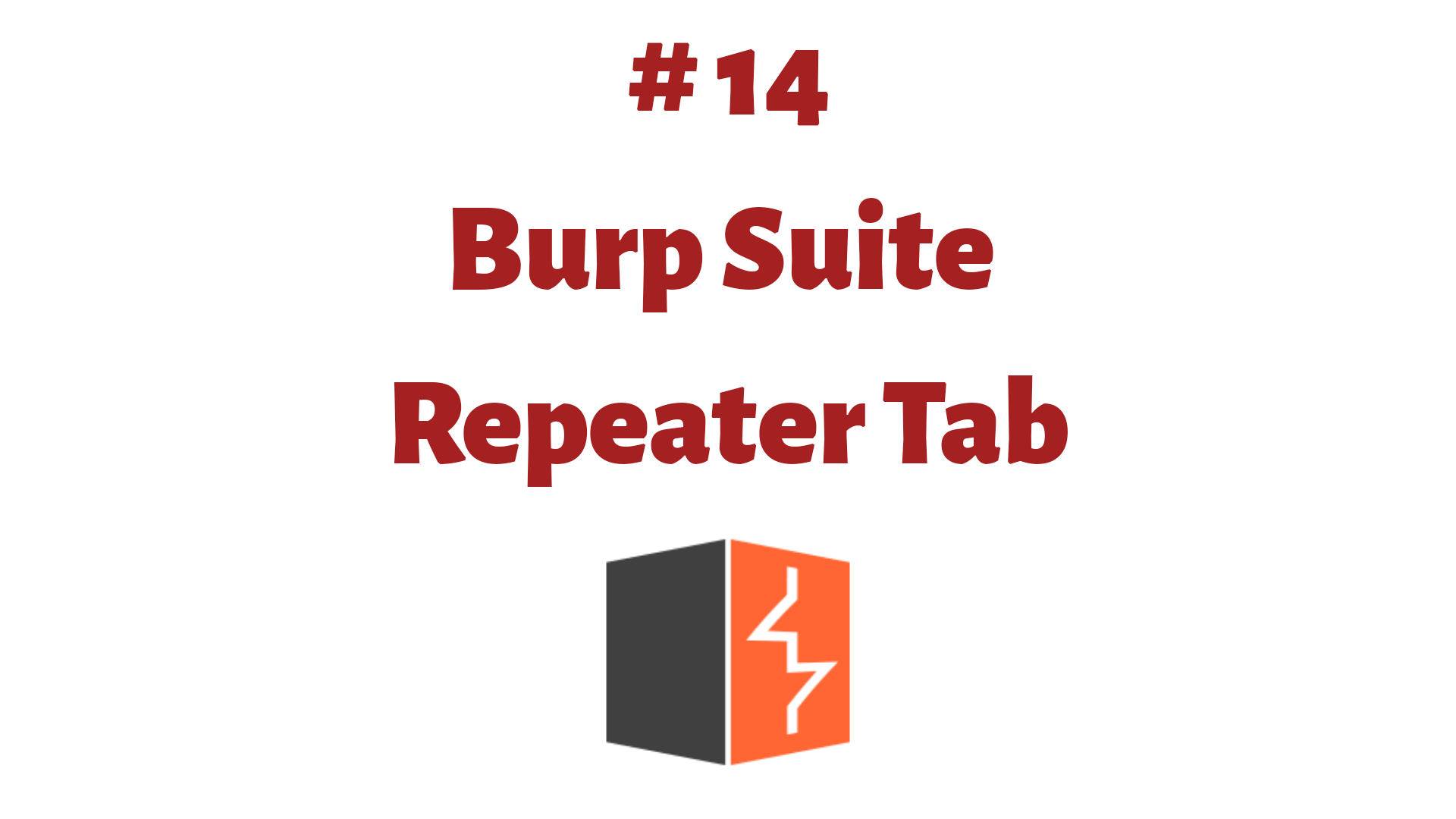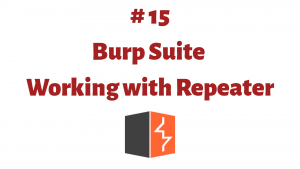This article is a part of the Guide for Burp Suite series. Within the previous article, we see some of the features of the Sequencer tab. Now we’ll move forward and learn about some of the features of the Repeater tab. So Let’s Get Started.
Repeater allows for slight changes or tweaks to the request, and it is displayed in the left-hand window. A Send button allows the request to be re-send, and the response is displayed in the right-hand window. Repeater allows you to manually modify and then re-send an individual HTTP request, analyzing the response that you receive.
The simplest way to use Burp Repeater with HTTP messages is to select the request anywhere within Burp (HTTP History, Repeater, Site map,etc.) and choose the “Send to Repeater” option on the menu. This will send the selected request to Burp Repeater.
Burp Repeater Controls
Send HTTP request
When your request is ready to send, click the “Send” button to send it to the server. The response is displayed on the right-hand side when this is received. You can also see the response length and a timer (in milliseconds) on the bottom.
Request history
Each Repeater tab maintains its own history of the already send requests. You can click the “<” and “>” buttons to navigate backward and forwards through this history and view previously send requests and responses. You can also use the drop-down buttons to show a numbered list of adjacent items in history, and quickly move to them. At any point in history, you can edit and resend the currently displayed request.
Managing request tabs
You can easily manage Repeater’s request tabs. You can:
- Rename tabs by double-clicking the tab header.
- Reorder tabs by dragging them.
- Open a new tab by clicking on the right-most “…” tab.
- Close tabs by clicking the “X” button in the tab header.

Congratulation! finally, you know about the Repeater tab which is present in the Burp Suite. In the next Part, we will see how to work with the Repeater Tab.
#burpsuite #burpsuitetutorial #burp #webapplicaitonpentesting




